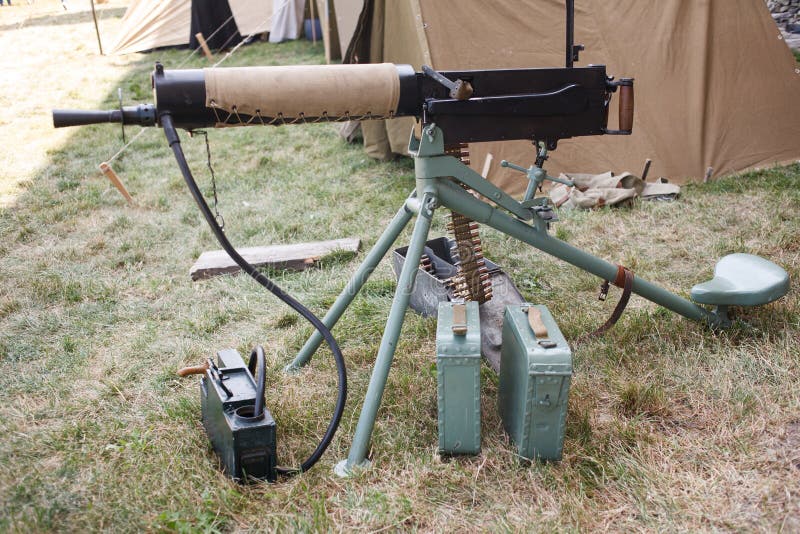

Yet despite that, there were many African American men willing to serve in the nation’s military, but even as it became apparent that the United States would enter the war in Europe, blacks were still being turned away from military service. America was a segregated society and African Americans were considered, at best, second class citizens. Paul Cornish is currently working on the project to create a new First World War gallery for the Imperial War Museum.As the people of the United States watched World War I ignite across Europe, African American citizens saw an opportunity to win the respect of their white neighbors. It is a paradox that, although machine guns have usurped artillery in the popular conception of the Great War, it has been largely forgotten that they were themselves frequently handled as artillery pieces. Its effectiveness is proved by the fact that the French and, subsequently, the Germans both adopted the tactic. It could be used to support attacks – often in conjunction with the artillery creeping barrage – or to disrupt counterattacks with ‘SOS barrages’ fired in response to signals from the infantry. A group of guns firing indirectly (and frequently ‘overhead’) constituted a machine-gun ‘barrage’.įrom the spring of 1917, barrage fire became the principal contribution of the Machine Gun Corps to the combined-arms tactics evolving on the Western Front. They also developed procedures for safely firing over the heads of friendly troops on level ground. They began to use machine guns like miniature artillery pieces, firing them indirectly at unseen targets with the aid of maps, clinometers, and mathematical calculation. This effectively ‘hot-housed’ the development of machine-gun tactics, with experts collaborating to put pre-war theory into practice. Uniquely among the combatants, Britain and her dominions established a specialist Machine Gun Corps. By 1916, however, the British Army was developing more sophisticated tactics. The Germans exploited these characteristics to inflict dreadful slaughter on attacking Allied troops during 1915 and, infamously, on the First Day of the Somme. Fired from flanking positions, to catch advancing troops in enfilade, they were particularly deadly. At closer ranges, guns could sweep enemy parapets, fire on fixed lines, or conduct night fire on lines set during daylight. They could do this to ranges of 3km or more. Where this cone intersects with the ground a ‘beaten zone’ is formed: an elliptical area over which the bullets are distributed.Ī machine gun or, better, group of guns could therefore deny the enemy safe access to a chosen area of the battlefield. Machine guns are fired in bursts, in which the bullets do not follow precisely the same trajectory, but instead form a ‘cone of fire’. Furthermore, once the gun has been ‘laid’, its aim cannot be disturbed by the effects of fear or excitement on its firer. The gun’s mount gives its fire precision and absorbs its recoil. Machine-gun fire is far more deadly than rifle fire. German MG08 Machine Gun at the Canadian War Musuem On the other hand, this unmerited status has masked the machine gun’s real role in the war and its true power. We know that at least 60% of casualties incurred there were caused by artillery munitions. It takes little reading, however, to discover that its reputation as the arbiter of battle in France and Flanders is unjustified. The machine gun is a potent symbol of the First World War’s Western Front. Imperial War Museum curator Paul Cornish discusses the machine gun, the iconic weapon of the First World War trenches.


 0 kommentar(er)
0 kommentar(er)
